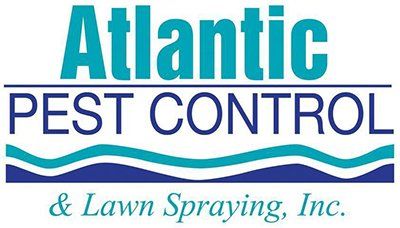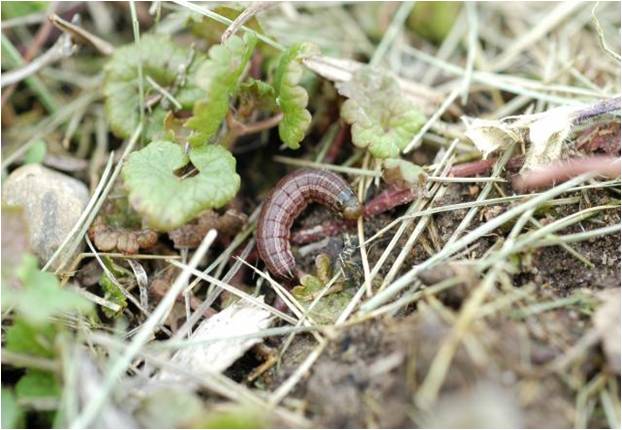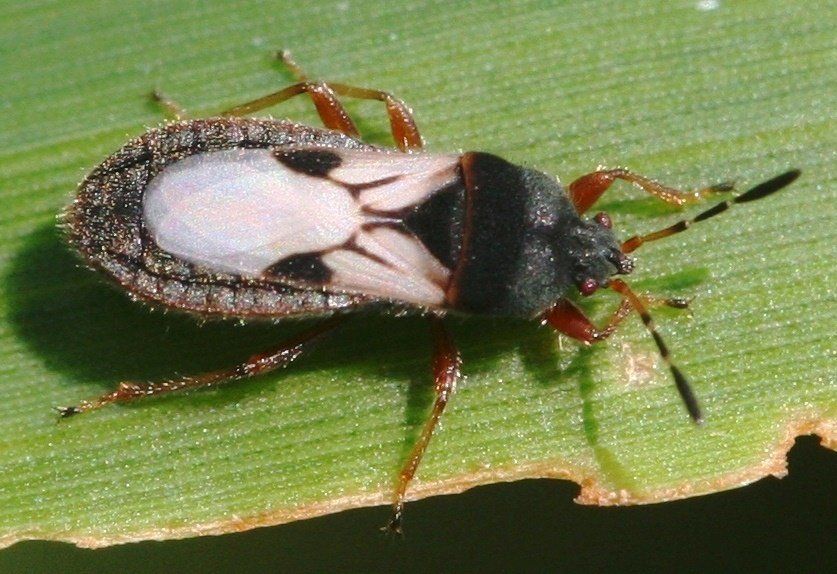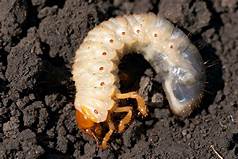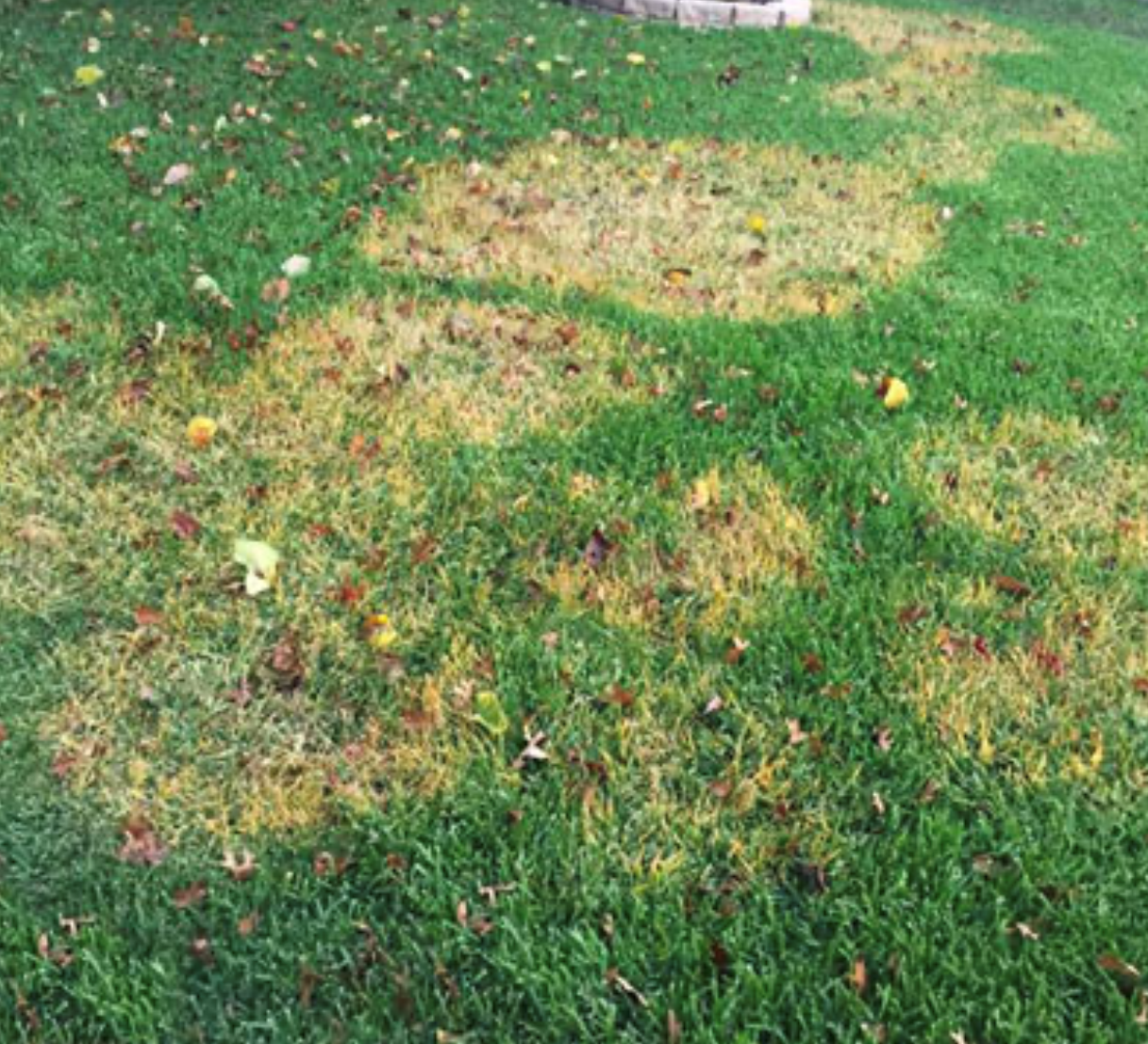Lawn Pest
Tip For Healthy LAwn
Atlantic Pest Control takes a safe and effective approach to treating your lawn. We will come out Free of charge to do a comprehensive analysis. From there we will come out every six (6) weeks and apply all products needed to insure a healthy lawn.
- CUT GRASS AT HIGHEST SETTING ON MOWER (3-4" HIGH)
- REDUCE EXCESSIVE TRAFFIC
- WATER LAWN 1-2 DAYS PER WEEK, IF RAIN HOME OWNER MUST ADJUST NOT TO OVER WATER.
- NEVER START IRRIGATION BEFORE 4:30 AM
- MAKE SURE MOVER BLADES ARE SHARPENED
- HAVE ATLANTIC PEST CONTROL AND LAWN TREAT YOUR PROPERTY FOR GREAT RESULTS
** Granular Fertilizer, Liquid Fertilizer, Insecticide, Weed control, Fungicide etc.
Turf and Weeds
Turf grasses
react best with enough regular irrigation during the summer to keep them green and healthy.
Turf grasses do much better under semi-dry conditions than wet or drenched conditions. Turf grass latency is a survival mechanism allowing survival up to 5-8 weeks without irrigation/precipitation free from serious thinning upon recovery from dormancy. This would be under ideal conditions of no traffic, good soil, moderate temperatures, no shade, minimum thatch, etc.
Survival is affected by species, age, shade, maintenance (low mowing and/or scalping, too much nitrogen fertilizer in spring, not enough in fall), traffic, heat, etc.; so optimum survival may not occur on your particular area.
Weeds are simply defined as unwanted plants growing out of place. The proper identification of weeds and understanding of how and why weeds are present in a lawn are important in selecting the best control strategy.
Knowledge of whether or not weeds were present before in a certain area will also help the homeowner prepare for control procedures in the future. Weed control should be a carefully planned and coordinated program instead of a hit-or-miss operation.
Damaged Lawns
Effects from vehicles or foot traffic can cause injury to turfgrass in two ways. The first site of injury is grass shoot tissue, where physical damage to leaf blades is obvious. This injury results in death of the leaves and a reduction in photosynthetic capacity.
The second site of damage from traffic is the root system. Damage to the root system results from soil compaction due to weight of the traffic. Root growth and vigor is greatly reduced, resulting in less room for roots to seek out water or nutrients. Rates of recovery of the grass vary based on: a) the capacity of the grass to tolerate traffic injury; b) growth rate of the turf, which will determine how long it will take the grass to grow out of the injury; and c) degree of severity of the injury.
In addition, there are specific management and maintenance practices that will improve the wear tolerance of your turfgrass.
Contact Information
Address: Palm Harbor, FL 34683
Fax: 727-586-4964
Email: atlanticpestpros@aol.com
Business Hours:
- Mon - Fri
- -
- Saturday
- -
- Sunday
- Closed
termite, ghp, lawn and ornamental





Area Served
Contact Information
Fax: 727-586-4964
Email: atlanticpestpros@aol.com
Business Hours:
- Mon - Fri
- -
- Saturday
- -
- Sunday
- Closed
termite, ghp, lawn and ornamental





Area Served
Business Locations
All Locations
QUICK LINKS
Contact Information
Fax: 727-786-4964
Email: atlanticpestpros@aol.com
Business Hours:
- Mon - Fri
- -
- Saturday
- -
- Sunday
- Closed
termite, ghp, lawn and ornamental





Area Served
Business Locations
All Locations
Content, including images, displayed on this website is protected by copyright laws. Downloading, republication, retransmission or reproduction of content on this website is strictly prohibited. Terms of Use
| Privacy Policy
